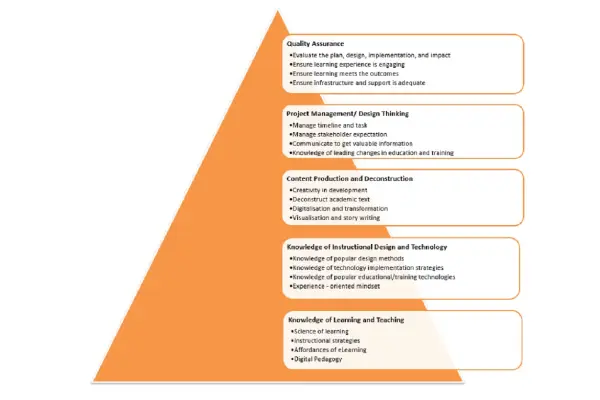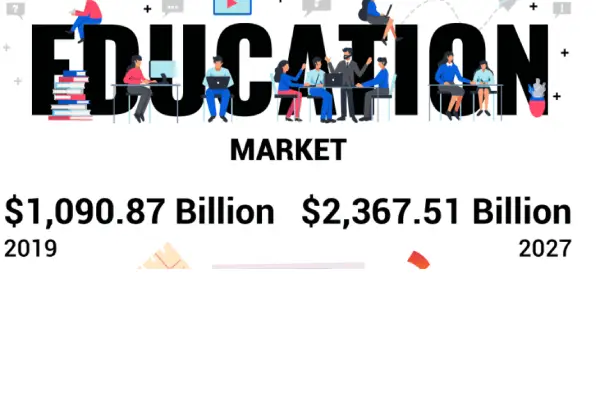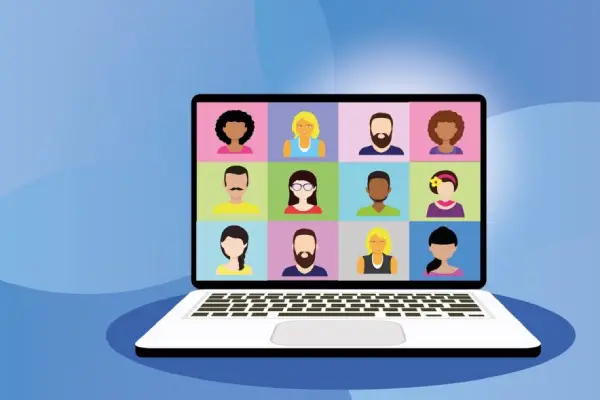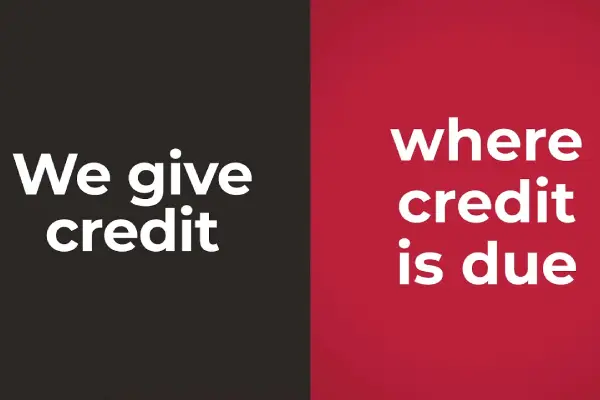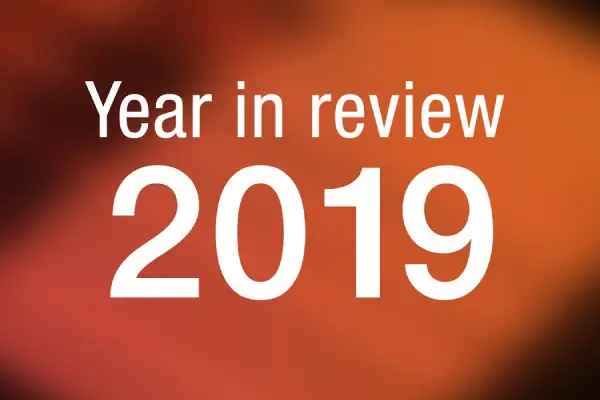Today’s world demands accountability. Our workplaces are defined using strategic plans, key performance indicators, and professional development plans. Our personal lives include SMART goals to help us achieve our dreams. Indeed, we even judge our own value with “likes” and “retweets” from social media sites. This, thus, begs the question “How do we demonstrate that what we do (in the workplace or personal lives) is effective?” “What is ‘effective’?”
The scholarly world (inside universities and higher education providers) has known this for millennia. It uses “Scholarship”, which is acutely defined by Shannon (2018) and Boyer et al. (2016) as an activity that results in new and valued knowledge and/or practice via 9 criteria from clear goals through to being available for public scrutiny and critique.
The professional world has a similar concept, known as “research and development”, or those activities undertaken by a team, which are guided by standardised and documented procedures in order to undertake professional and innovative activities aimed at improving products and processes (OECD, 2015).
The problem is, the practice of evidencing impact has not yet filtered down to the individual. Without being a scholar or middle manager, how does an individual interested in his or her own personal and/or professional growth, evidence their journey to betterment? This is one of the many aims of HEP806 “Scholarly Practice”, taught at HELI. How can an individual be standardised in their own betterment (be it personal or professional), so they too can be accountable for their own claims of worth?
A recent paper by Willett, Barclay, Mukoro, and Sweeney (2021) tackled this very question for nurses working in the United Kingdom. They proposed what they call an Impact Framework for the real world. Drawing on realist and development evaluation approaches, Willett et al. (2021) developed an accessible evaluation initiative for frontline teams and workers using “narrative” or “storytelling” as the medium to do so. The Impact Framework guides professionals to document four steps in a story, which records their innovations for improvement (click here). Step 1 is “Articulate what will change, how and why”, using the following sentence starters: “Once Upon a Time…” and “Every day….”. Step 2 involves “identifying and developing your evidence of change and don’t ignore the things that are harder to evidence”, using the sentence starters: “One day…”. Step 3 then invites the professional to “Review the evidence” with the following sentence starters: “Because of that….”. Finally, the individual is invited to share the impact of their work and their key learnings with others, using the sentence starter: “Until Finally…”. Although the jury is still out for its effectiveness, the authors argue that the Impact Framework makes impact evaluation responsibilities accessible to those doing the ground work.
References
Boyer, E. L., Braxton, J. M., Ream, T. C., & Moser, D. (2016). Scholarship reconsidered: Priorities of the professoriate (Expanded Edition). The Carnegie Foundation for the Advancement of Teaching/Jossey-Bass.
OECD. (2015). Frascati Manual 2015: Guidelines for Collecting and Reporting Data on Research and Experimental Development. Retrieved from https://read.oecd-ilibrary.org/science-and-technology/frascati-manual-2015_9789264239012-en#page45
Shannon, A.G. (2018). Research activities in the teaching intensive university: Scholarship reconsidered & repositioned. International Journal of Research in Education Methodology, 9(1), 1454-1662
Willett, J., Barclay, M., Mukoro, F., & Sweeney, G. (2021). Telling the story of complex change: an Impact Framework for the real world, International Journal for Quality in Health Care, 33, mzab090. https://doi.org/10.1093/intqhc/mzab090

